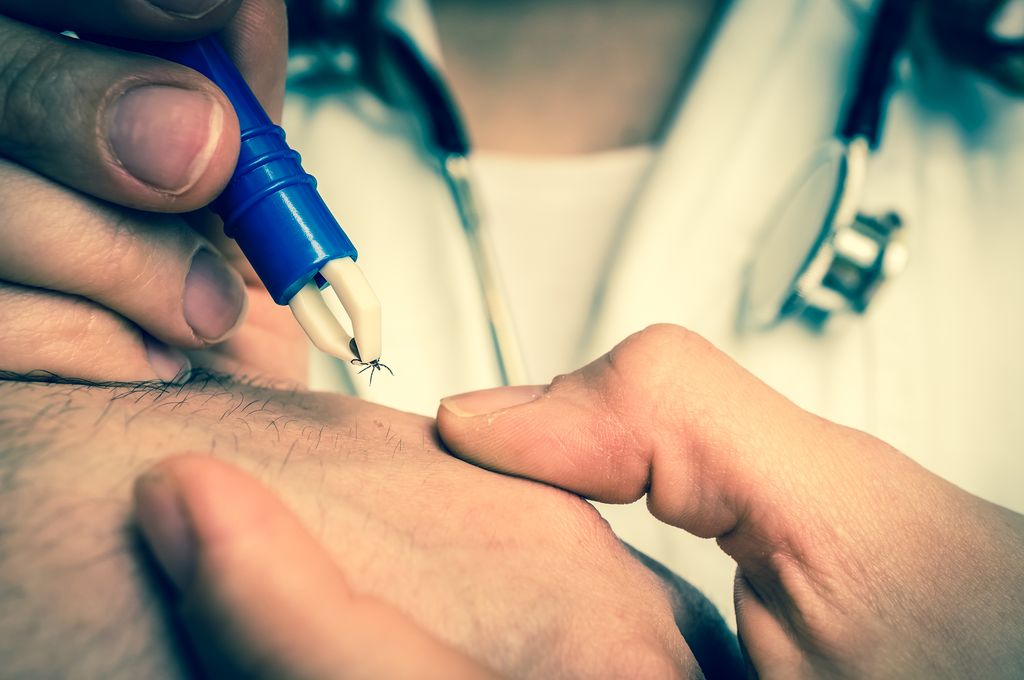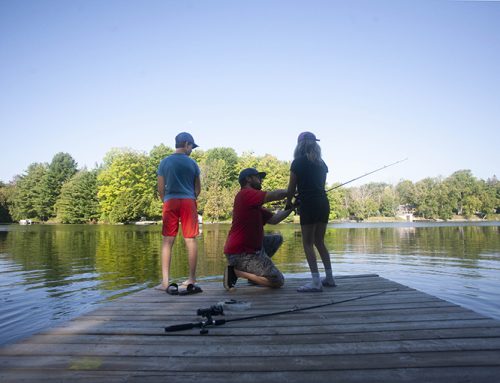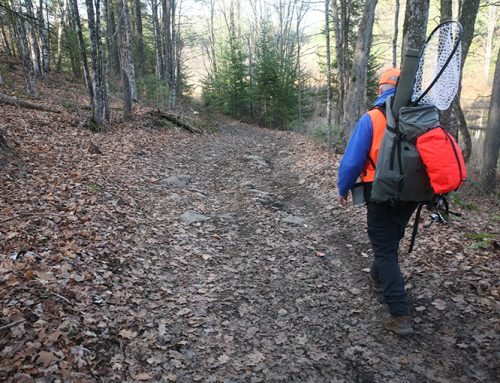
Warming temperatures remind us ticks are out and biting, and that there are precautions you can take to keep tick-free and healthy while enjoying the outdoors.
Ticks are crawling parasitic arachnids that thrive in wooded, grassy, and leaf-covered areas in temperatures above 0°C. Black-legged ticks are particularly concerning, as they can transmit diseases such as Lyme disease, anaplasmosis, and babesiosis to their hosts.
“As areas where ticks can be found continue to grow, so to do the risks of tick bites and tick-borne diseases. By being vigilant, wearing appropriate clothing and doing routine tick checks, we can avoid tick bites and ensure our trips outside are safe and healthy, in the months ahead,” Chief Medical Officer of Health Dr. Kieran Moore stated in a release.
Tick precautions:
- Wear lighter-coloured clothing
- Wear long-sleeved shirts and long pants tucked into your socks with closed-toed shoes
- Apply insect repellent containing DEET or icaridin on any exposed skin, as well as your clothes
- Check yourself, your children, and your pets for ticks after being outdoors. Any ticks found must be removed
- Dry your worn clothes on high heat for at least 10 minutes before washing after being outside
Removal and reporting
Ticks must be removed immediately once identified to minimize the risk of infection. Use fine-tipped tweezers to remove the tick as close to the skin as possible, without crushing it. Wash your hands and bitten area with soap and water, and then disinfect both with rubbing alcohol. If you have further concerns, your health care provider and/or local pharmacist can provide medication for tick bites.
You may also submit a photo of the extracted tick to etick.ca, which aids in the monitoring of tick-borne diseases across the country.
Test your tick knowledge using this quiz






Leave A Comment